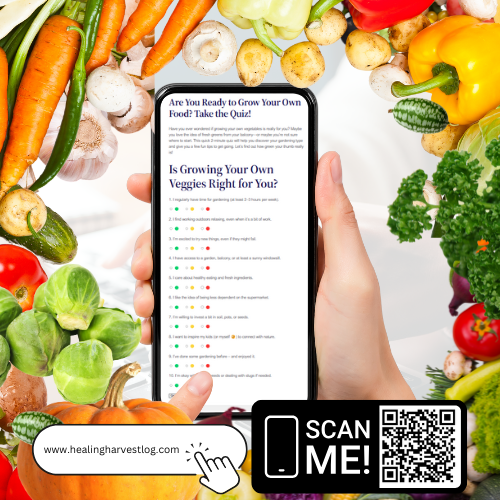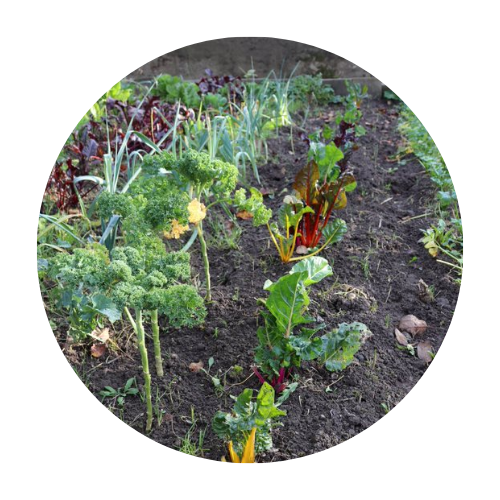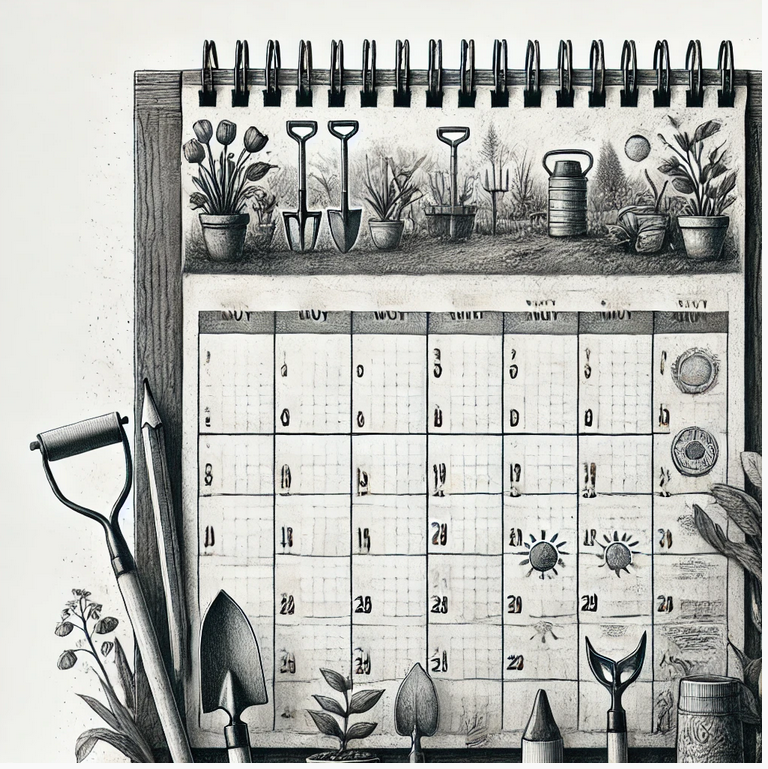Learn how to stay on track with sowing and harvesting using a simple gardening calendar.
The Rhythm of a Garden
Emma’s garden was always full of potential—lush, green, and brimming with promise. But sometimes, it felt like it was on the edge of chaos. What to plant next? Was it time to start those tomatoes? Was she behind on sowing beans?
Then, one day, she found something that changed everything—a gardening calendar. It didn’t just tell her what to plant and when—it gave her a structure, a rhythm. A way to breathe in sync with the seasons.
Gardening is a lot of instinct and patience. But with the right calendar, it’s also a lot of simplicity. Everything you need to know is right there. No more guessing.
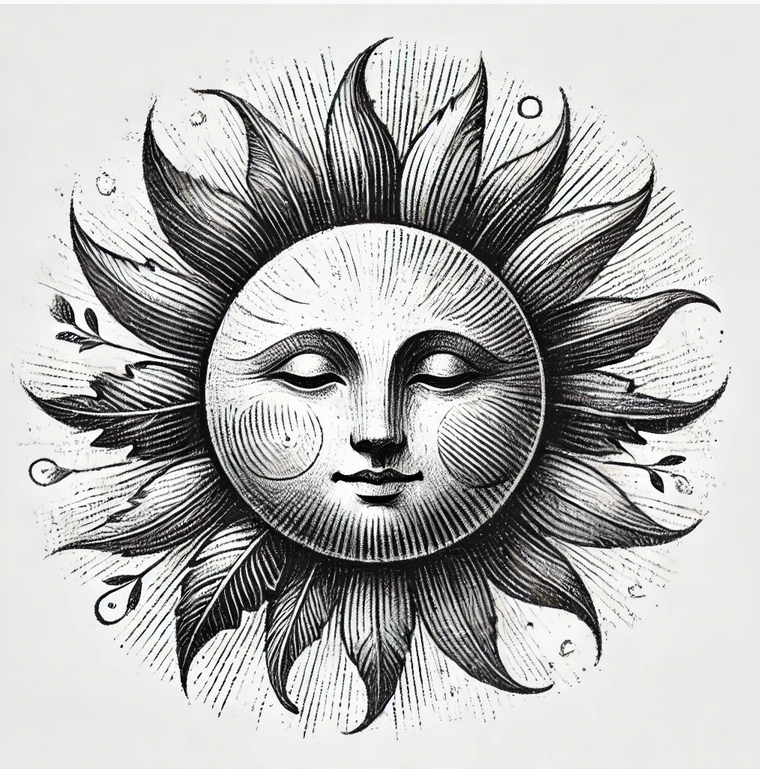
Why You Need a Gardening Calendar
It’s easy to forget what to plant when, especially when you’re juggling life, work, and the unpredictable weather. A gardening calendar isn’t just about keeping you on track—it’s about making gardening easier. It brings structure to the chaos and helps you stay organized with sowing, watering, and harvesting.
Here’s the beauty of it: When Emma first started, she’d make a rough plan for her garden, but then the unpredictability of weather or busy days would throw it all off. She’d miss sowing dates, get confused about harvest windows, and forget to plant things in the right order. The result? Some things thrived, but others were left behind.
That’s when the calendar became her best friend.

The Basics: How a Gardening Calendar Works
At first glance, a gardening calendar might seem like just another checklist. But it’s more than that. Think of it as your garden’s personal guidebook—a reminder of what to do, and when to do it.
Emma loves how her gardening calendar works in tandem with the seasons. Here’s what you’ll find in a good gardening calendar:
- Sowing Dates – When it’s the perfect time to start seeds, whether indoors or outdoors. These are based on average frost dates and climate.
- Harvesting Windows – Knowing when a crop is ready to harvest is half the battle. Your calendar helps keep track of those key moments.
- Planting Rotations – A good calendar will often include tips on crop rotation, ensuring your soil stays healthy and your plants get the nutrients they need.
- Monthly Check-ins – A simple “to-do” list for every month, so you’re not overwhelmed with everything at once.
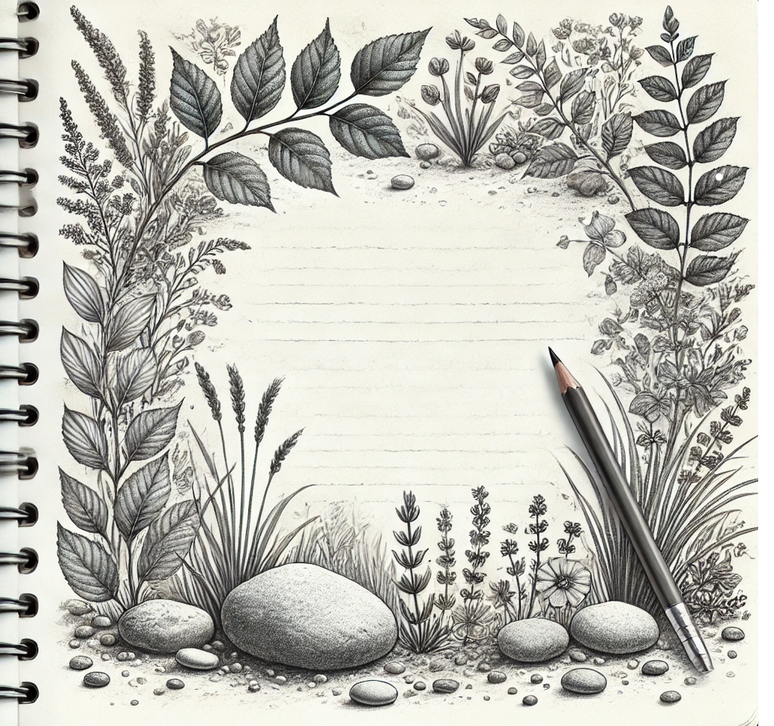
Sticking to Your Gardening Calendar
Okay, so you’ve got your garden calendar—now how do you actually stick to it?
- Set Reminders – Emma used to forget a lot of her gardening tasks, but now she sets up reminders on her phone or uses a sticky note on her fridge. That little nudge helps keep her on track.
- Make It Visible – Keep your calendar somewhere you see every day. Whether it’s on the fridge, in your gardening shed, or on your phone, having it out in the open makes it harder to forget.
- Adjust for Your Space – Every garden is different, so don’t be afraid to tweak your calendar to fit your specific needs. Does your area have a later frost date? Do certain plants need more space than you anticipated? Customize it!
- Embrace the Flexibility – The weather doesn’t always cooperate, and that’s okay. Don’t be discouraged if you miss a date here or there. The key is adjusting, not stressing.
- Track Your Progress – As you stick to your calendar, make notes of what worked and what didn’t. Emma likes to write down the plants that thrived, the weather patterns she observed, and the adjustments she made. It’s an invaluable learning tool for next season.
How to Get Your Hands on the Right Tools
A gardening calendar doesn’t have to be complicated. Start with a simple template and fill it in with your local planting dates. If you’re looking for a little extra help, our interactive tools are here to make things even easier.
Take our free online quiz to get your personalized gardening plan and download your free PDF Beginner Guide for Gardening!
Our quiz will give you all the information you need to create a custom gardening calendar based on your space, climate, and goals.
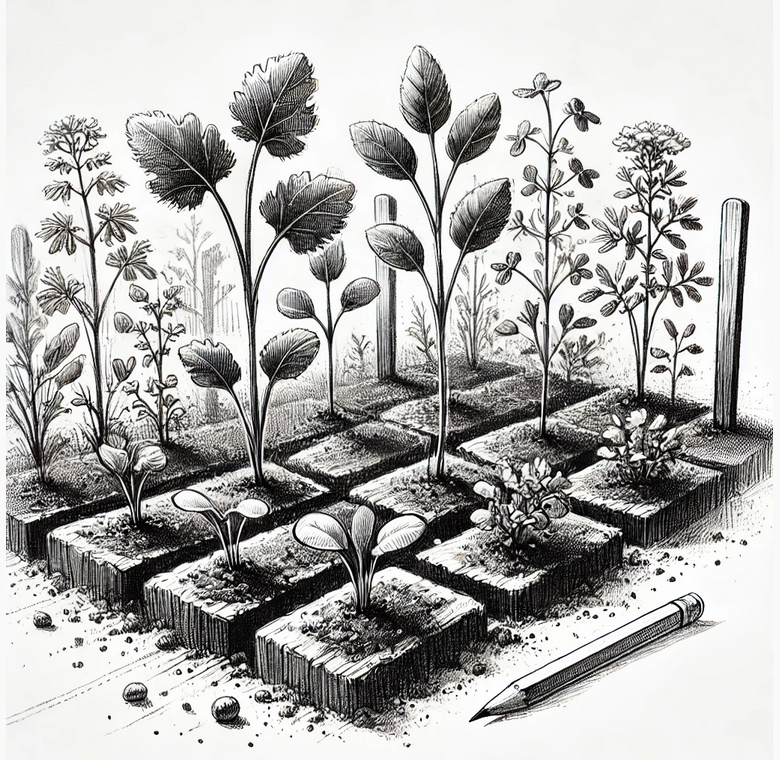
Why a Calendar Will Change Your Gardening Game
There’s a quiet satisfaction that comes from sticking to a plan and seeing it work. With a gardening calendar, Emma found that gardening became much less about guesswork and much more about mindful steps—season after season.
When you plant, harvest, and care for your garden with intention, it grows in ways you might never have imagined. A little structure makes all the difference. And soon, you’ll find yourself looking forward to every planting season, prepared for what’s to come.
Do you want to see this story come to life? I’ve turned it into a short film – watch it here!
Curious if homesteading—or even just growing your own food—could work in your life?
You don’t need a big backyard or hours of free time. Whether you’ve got a tiny balcony, a busy schedule, or just a quiet pull toward something more grounded, my quiz was made for you.
It’s quick, it’s fun, and it’ll show you what kind of growing style fits your space, your energy, and your rhythm. From kitchen herbs to full-on veggie beds—this is your starting point.
Take the quiz here: CLICK. Because sometimes all it takes is one honest question—and a tiny seed—to grow something life-changing.
